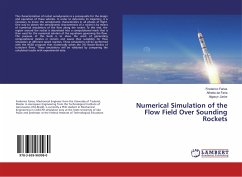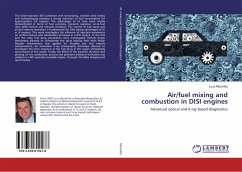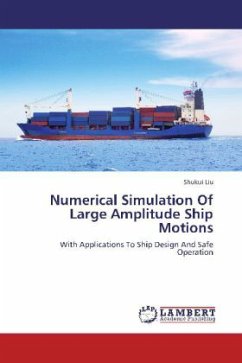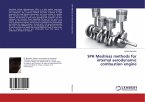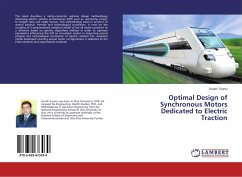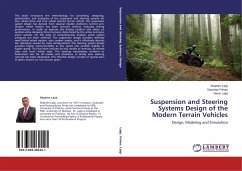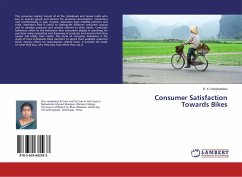The design and off-design studies of the hypersonic air-breathing engines face many challenges, due to the complexity of their internal flows. The mixing and combustion processes in Supersonic-Combustion Ramjet (scramjet) engines involve complicated aerothermochemical features, such as: the interactions between shock-waves and boundary-layer, the shock induced-combustion and the recirculation zones. In this study, a numerical solver is developed and validated to be an efficient design tool capable of simulating these complicated flow features of the supersonic combustors. For the code validation, several test cases are considered to monitor the code ability to solve for the diffusive and turbulent fluxes, and the chemical source term. In addition, the code is validated by resolving the transverse sonic injection into supersonic air flow in the case of Helium injection from a flat plate, and in the case of Hydrogen injection in a single-strut scramjet engine. The effectiveness of this injection technique in mixing and flame-holding is demonstrated. The results show good agreement with the previous numerical and experimental investigations, and prove the simulator's accuracy.


